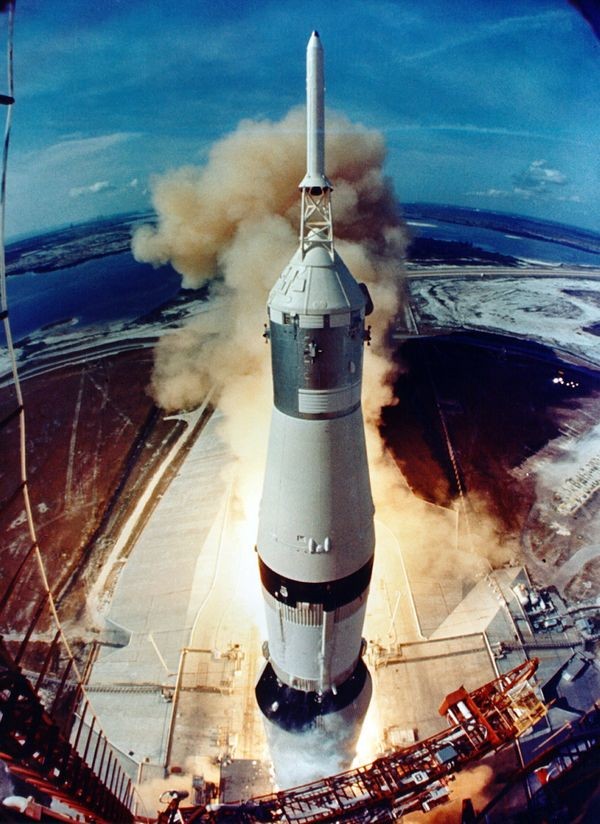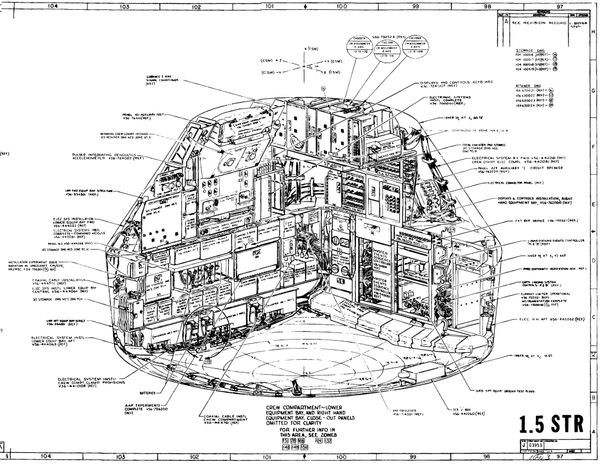Database and Transaction-Processing Programs
Apollo launch
The United States’ decision to put men on the moon by 1970 created a huge and complex management task. It was one of the first projects for which computerized management tools were essential to success.
Tech Talk: Database and Transaction-Processing Programs
Writing essential business programs in the 1960s was a difficult, expensive task. But there was a common thread: Applications like factory scheduling, inventory management and claims processing all needed to store and retrieve data, and to enter and access information online.
IBM and North American Rockwell designed the Information Management System (IMS) as a general purpose program for both database management and data communications (DB/DC) functions. Using IMS, Rockwell Space managed the manufacturing control information needed to build Apollo manned spacecraft for lunar missions.
IBM also worked with Commonwealth Edison to design the Customer Information Control System (CICS) as a general purpose DB/DC program. It emphasized the transaction processing part, and later worked with IMS and database management programs from independent software companies.
IMS database system schematic from an early manual
The IMS data-management system evolved rapidly after its introduction. North American Rockwell had to “freeze” its program development early to focus on putting men on the moon. IBM continued development until it had a commercial product.
View Artifact DetailApollo command module, partial view
The Command Module (CM) had more than 2 million parts. Keeping track of them was a logistical problem. CM prime contractor North American Rockwell, later assisted by IBM, created one of the first computerized data-management systems to help with the task.
View Artifact Detail

